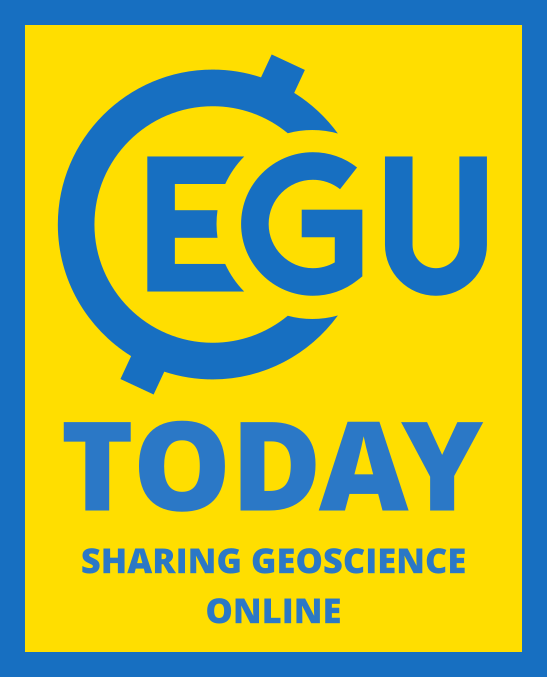
Highlights at a glance
- 08:30 – CR3.1 Risks from a changing cryosphere; EMRP3.5 Strength and evolution of Earth’s magnetic field: methods, data and models
- 10:45 – CR1.2 The Antarctic Ice Sheet: past, present and future; US5 The future of Earth and planetary observations from space; EOS6.1 Promoting and supporting equality, diversity and inclusion in the geosciences
- 14:00 – GDB4 Are forests a solution to climate change?; TS6.4 Rift to ridge: the record of continental breakup processes; SSP1.4 Achievements in scientific ocean and continental drilling
- 16:15 – ITS4.2/ESSI4.2 State of the art in Earth science data visualization; SSS9.3 Biogeosciences and wine: the management and the environmental processes that regulate the terroir effect
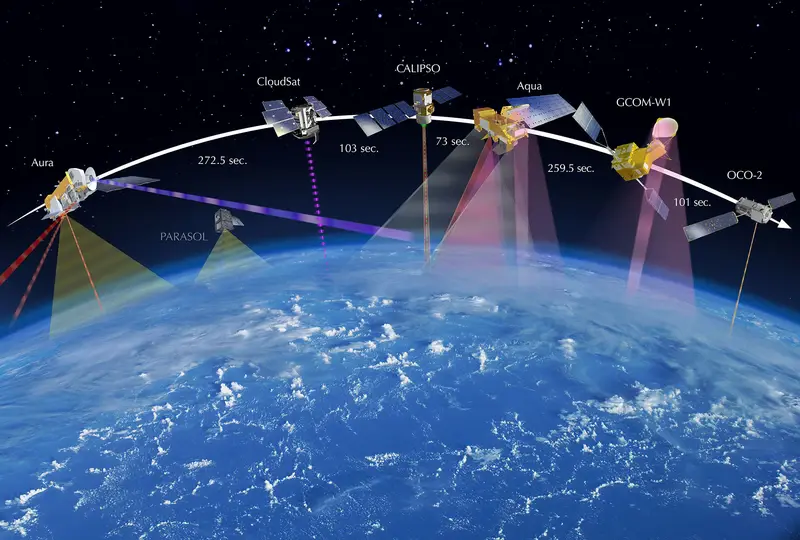
The future of Earth and planetary observations from space
This Union Session will highlight international space agency plans on current and future planetary exploration, including Earth as seen by ESA, NASA, JAXA and the Russian Space Agency. Speakers will highlight flagship missions observing the Earth and other planetary bodies and discuss the challenges of organising future missions in an international framework as well as look forward to potential future candidate missions. The first few presentations will focus primarily on Earth observation missions and the later ones on planetary and solar system missions. Speakers tentatively include the directors of Earth Observation and Planetary Science from ESA, NASA, JAXA and the Russian Space Research Institute.
US5: LIVE 10:45–12:30
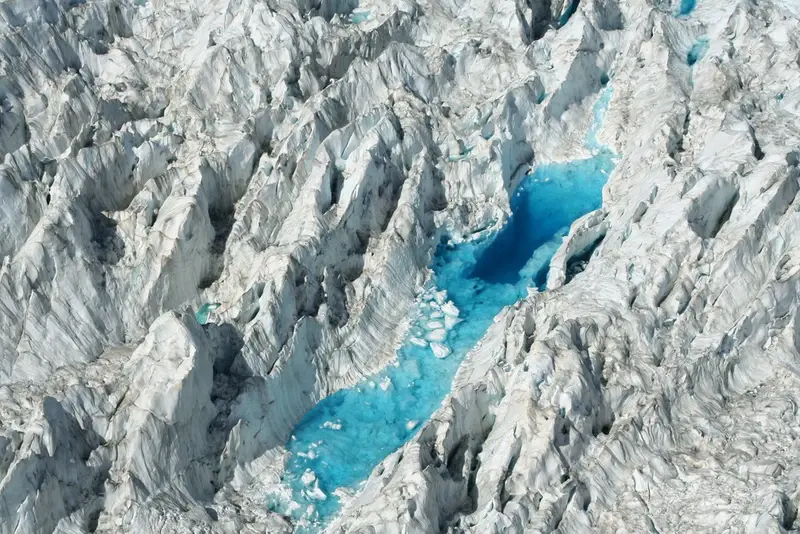
Risks from a changing cryosphere
All components of the cryosphere are strongly impacted by climate change and have been undergoing significant changes over the past decades. Most visibly, glaciers are shrinking and thinning. Snow cover and duration is reduced, and permafrost, in both Arctic and alpine environments, is thawing. Changes in sea ice cover and characteristics have attracted widespread attention, and changes in ice sheets are monitored with care and concern. This session will cover all cryosphere components that address risks associated with observed or projected physical processes.
CR3.1 Text chats 08:30–10:15
The Antarctic Ice Sheet: past, present and future contributions towards global sea level
The largest single source of uncertainty in projections of future global sea level is associated with the mass balance of the Antarctic Ice Sheet. In the short term, it cannot be stated with certainty whether the ice sheet’s mass balance is positive or negative; in the long term, the possibility exists that melting of the coastal shelves around Antarctica will lead to an irreversible commitment to ongoing sea level rise. Observational and paleoclimate studies can help to reduce this uncertainty, allowing for improved projections of future global sea level rise. Presentations in this session will cover all aspects of observation, paleoclimate reconstruction and modeling of the ice sheet, with a focus on its mass balance and contribution towards changes in global sea level.
CR1.2 Text chats 10:45–12:30
Short courses, networking and early career scientist events
- Short Course 3.16 Science blogging for beginners – Published 12:30, YouTube comment Q&A 12:30-13:45
- NET3 Innovative geoscience communication: virtual outcrops and 360 VR videos Text chat Tue 12:45–13:45 and Thu 12:45–13:45
- Networking: GD – The GD Early Career Scientists are hosting an online networking event – LIVE 19:00–19:45
- Networking: NP – The NP Early Career Scientists are hosting an online networking event – LIVE 19:00–19:45
- Networking: NH – The Early Career Scientists of the NH division are hosting an online networking event – LIVE 20:00–20:45
- Networking: PS – The Early Career Scientists of the PS division are hosting an online networking event – LIVE 20:00–20:45
Innovative geoscience communication: experience online-accessible virtual outcrops and 360 VR videos
Even during the COVID-19 outbreak, virtual exploration can be carried out safely at home: viewers will have a chance to move around a great variety of environments, ranging from the Italian seafloor to the Maldivian coral reef, and from active volcanoes like Santorini to outstanding faults, fractures and craters in Northern Iceland. This immersive activity can be experienced directly at home, with the aid of a mobile phone, a laptop, a tablet or a Virtual Reality headset. The initiative is supported by the EGU Outreach Committee
NET3 Text chat Tue 12:45–13:45 and Thu 12:45–13:45
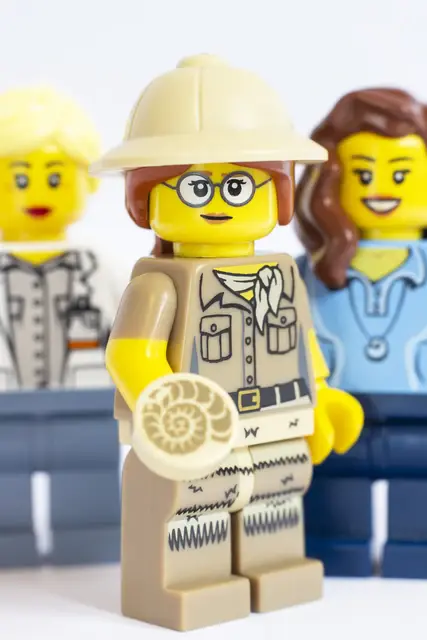
Promoting and supporting equality, diversity and inclusion in the geosciences
This session, co-sponsored by AGU, EAG and JpGU, will explore reasons for the under-representation of different groups (cultural, national and gender) and focus on obstacles that contribute to this as well as best practices and innovative ideas to remove those obstacles. Discussion may include:
- Role models to inspire and further motivate others (life experience and/or their contributions to promote equality)
- Imbalanced representation, preferably supported by data, for awards, medals, grants, high-level positions, invited talks and papers
- Perceived and real barriers to inclusion (personally, institutionally, culturally)
- Recommendations for new and innovative strategies to identify and overcome barriers
- Best practices and strategies to move beyond barriers, including: successful mentoring programmes, networks that work, specific funding schemes and examples of host institutions’ initiatives
EOS6.1 Text chats 10:45–12:30 and 14:00–15:45
The strength and evolution of the Earth’s magnetic field: methods, data and models
Despite the great effort made to improve time and space resolution of both regional and global reconstructions of the geomagnetic field strength (palaeointensity), fundamental properties of the field, such as the average strength and its spatial and temporal variations, remain debated and fundamental questions remain unanswered. This session will focus on recent advances in data and models to gain a better understanding of the strength of the Earth´s magnetic field and features.
EMRP3.5 Text chats 08:30–10:15
Rift to ridge: the record of continental breakup processes
The acquisition of new datasets at Continent-Ocean Transition (COT) of rifted margins show significant variability, highlighting the diversity of parameters controlling the rift-to-drift transition during continental breakup. This session will include new observations, concepts and techniques to investigate deformation mechanisms, dynamics of continental breakup, and generation of the first oceanic crust. Presentations will emphasise comparisons of tectonic and magmatic processes that could improve our understanding of continental breakup and mid-oceanic ridge initiation.
TS6.4 Text chats 14:00–18:00
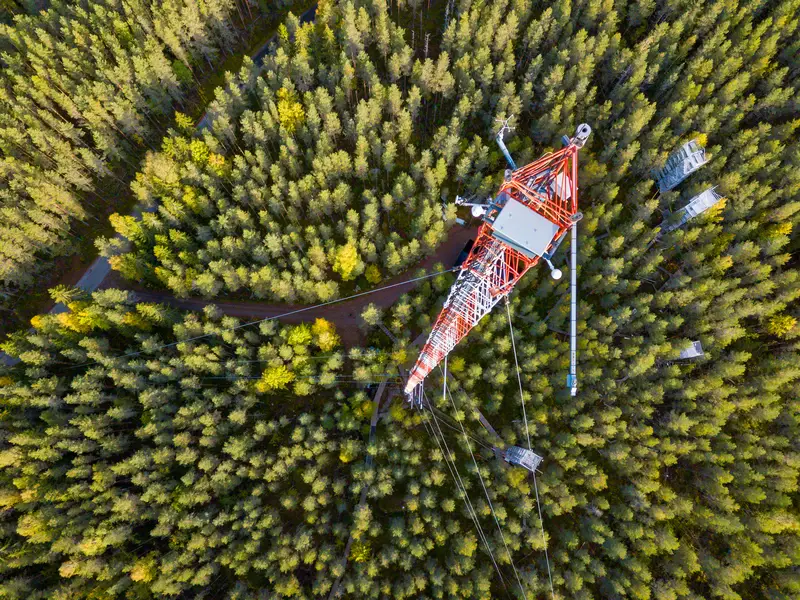
Are forests a solution to climate change?
The recent Intergovernmental Panel on Climate Change (IPCC) Special Report on 1.5OC speaks of the potential of forests to take up CO2 and concludes that substantial afforestation efforts would be required in pathways limiting global warming to 1.5°C. But do we understand what the total footprint of the forest is? There’s an increase in greening observed from the satellites that demonstrate the fertilization effect, but forests are not only taking up CO2; they are also sources of methane and reactive constituents that impact climate in the short term. This Great Debate will offer different opinions on the mitigation potential of forests and whether they present a solution for Earth’s warming climate.
GDB4 LIVE 14:00–15:00
Achievements and perspectives in scientific ocean and continental drilling
Scientific drilling through the International Ocean Discovery Program (IODP) and the International Continental Scientific Drilling Program (ICDP) continues to provide unique opportunities to investigate the workings of the interior of our planet, Earth’s cycles, natural hazards and the distribution of subsurface microbial life. The past and current scientific drilling programs have brought major advances in many multidisciplinary fields of socio-economic relevance, such as climate and ecosystem evolution, palaeoceanography, the deep biosphere, deep crustal and tectonic processes, geodynamics and geohazards. This session will feature recent scientific results from deep-Earth sampling and monitoring through ocean and continental drilling projects as well as visions for future drilling projects.
SSP1.4 Text chats 14:00–15:45
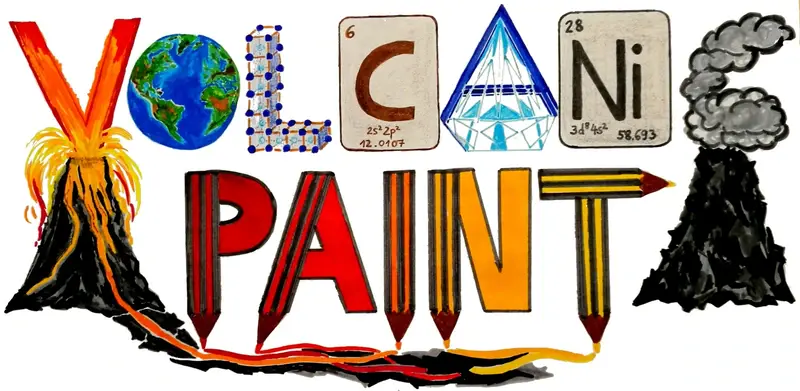
Getting creative with an online Kids Art activity!
Every year at the GA, EGU hosts an art activity in the creche, and this year we’d like to keep it going virtually. The theme is ‘Volcanic Paint’, but feel free to use whatever materials are at your disposal to help your kids get creative – let their imaginations run away with them – to volcanoes and beyond! The deadline for featuring artwork on the EGU website is 15:00 pm on Friday 8 May, after which we will post a specially gallery of selected work on the EGU Geolog page! Add #shareEGUartKIDS to your social media post.
#shareEGUartKIDS ONLINE all week
EGU would like your feedback!
We are very curious about your experiences during Sharing Geoscience Online: what has worked well, what could be better, what you missed, and what EGU should consider keeping for future meetings. Please take a few minutes to fill out this survey.
State of the art in Earth science data visualization
All areas in the Earth sciences face the same problem: dealing with larger and more complex data sets that need to be analyzed, visualized and understood. Depending on the application domain and the specific scientific questions to be solved, different visualization strategies and techniques have to be applied. This session will discuss how we communicate those complex data sets, and the effect that visualization strategies and choices have on different (expert and non-expert) audiences as well as decision-makers remains an under-researched area of interest.
ITS4.2/ESSI4.2 Text chats 16:15–18:00
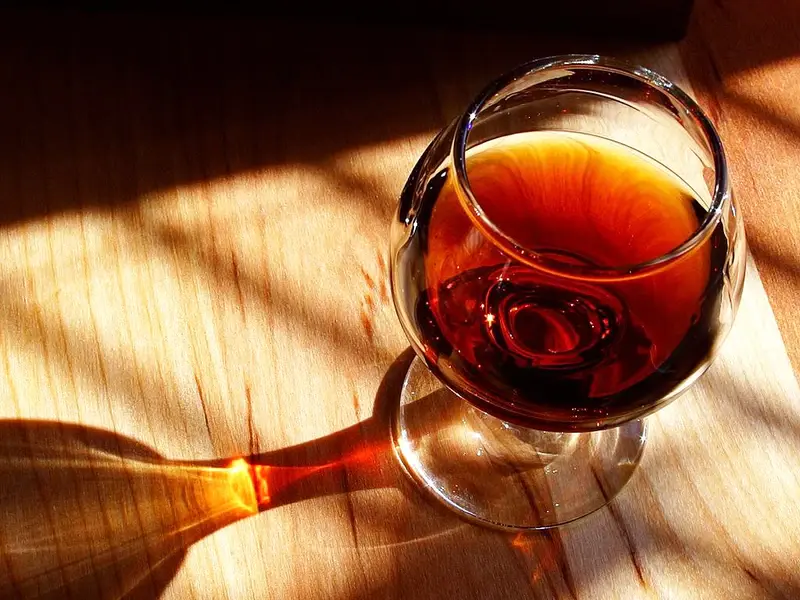
Biogeosciences and wine: the management and the environmental processes that regulate the terroir effect in space and time
Viticulture is one of the most important agricultural sectors of Europe with an average annual production of 168 million hectoliters (54% of global consumption). The concept of “Terroir” links the quality and typicity of wine to the territory, and, in particular, to specific environmental characteristics that affect the plant response (e.g. climate, geology, pedology). The environmental factors that drive the terroir effect vary in space and time, as well as soil and crop management. The session will address several aspects of viticultural terroirs, including: terroir concept resilience to climate change; wine traceability and zoning based on microelements and isotopes; and interaction between vineyard management practices and effects on soil and water quality.
SSS9.3 Text chats 16:15–18:00
About
EGU Today, the Union’s daily newsletter during Sharing Geoscience Online, helps keep you informed about what’s happening by highlighting sessions and events of broad interest from the programme. The newsletter, including previous issues, is available at https://www.egu.eu/egutoday/.
The Assembly Online
LinkedIn
Instagram
YouTube
Facebook
Mastodon
Bluesky
blogs.egu.eu, geolog.egu.eu
www.egu.eu